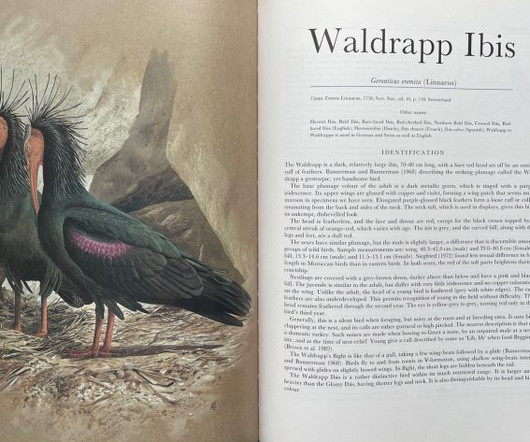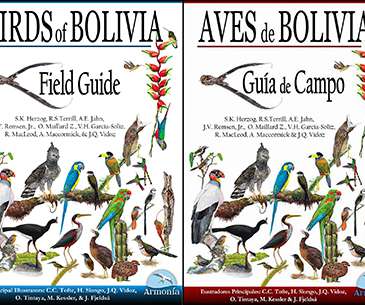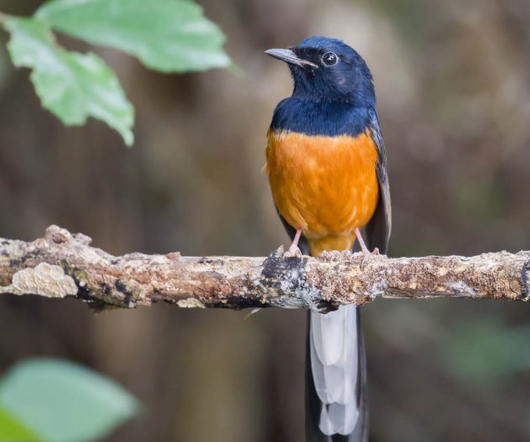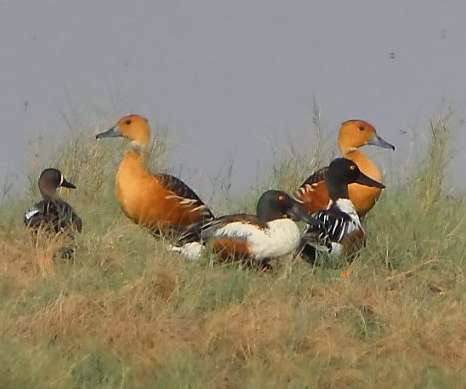The return of the Old Man
10,000 Birds
FEBRUARY 23, 2024
Sadly, they no longer breed in Algeria, while in Turkey no free-flying birds remain. (In Intriguingly, there are far more Bald Ibises in captivity than there are in the wild, for this is a bird that breeds readily in confinement. Bald Ibises are curious birds, for they are happy breeding in close proximity to man.












Let's personalize your content